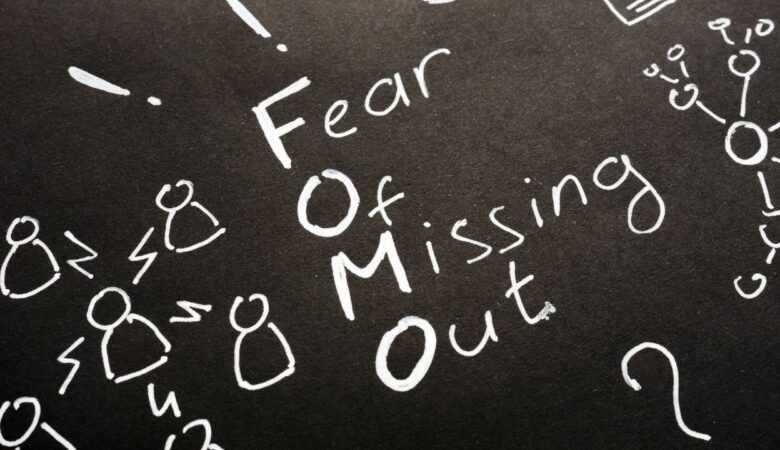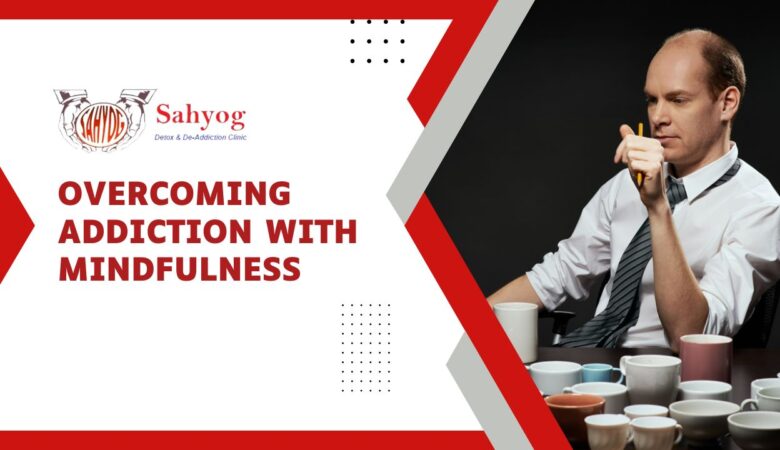Decoding FOMO: Fear of Missing Out Unveiled
Welcome to the thrilling world of FOMO – Fear of Missing Out! We’ve all been there, scrolling through our social media feeds and seeing friends having a blast at parties, exotic vacations, or even just enjoying a delicious brunch. Suddenly, that nagging feeling creeps in – what am I missing out on? It’s the modern-day phenomenon that can leave us feeling anxious, inadequate, and constantly craving more. But fear not! In this blog post, we’re going to decode FOMO from top to bottom and uncover its causes, effects, as well as strategies for overcoming it. So buckle up and get ready for an eye-opening journey into the realm of FOMO! Understanding FOMO: What is it? Picture this: it’s Friday night, and you’re curled up on your couch with a cup of tea, mindlessly scrolling through your social media feed. As you see posts about friends gathering for a movie night or attending that concert you’ve been dying to go to, a sense of restlessness begins to creep in. That, my friend, is FOMO – Fear of Missing Out. FOMO is the fear or anxiety that arises from the belief that others are experiencing more exciting or rewarding things than we are in any given moment. It’s that nagging feeling deep inside us that whispers “You should be doing something better!” But what exactly causes FOMO? Well, it stems from our innate desire for connection and belonging. As humans, we have an inherent need to feel included and part of something special. This need intensifies when we witness others seemingly having incredible experiences without us. The effects of FOMO can be far-reaching. It can lead to feelings of inadequacy, jealousy, and even depression as we compare ourselves to others’ highlight reels while disregarding our own achievements and happiness. Social media plays a significant role in amplifying FOMO. With platforms like Instagram painting idealized pictures of people living their best lives 24/7, it’s easy to fall into the trap of believing everyone else has it all figured out except for us. So how do we overcome this insidious fear? Stay tuned as we delve into tips and strategies for combating FOMO head-on! But remember – awareness is key; acknowledging its existence is the first step towards reclaiming control over our emotions and finding contentment within ourselves amidst the chaos of comparison culture. The Causes and Effects of FOMO FOMO, or the Fear of Missing Out, is a powerful force that affects many individuals in today’s society. But what causes this intense fear? And what are the effects it has on our lives? One major cause of FOMO is the constant exposure to social media. With platforms like Instagram and Facebook showcasing people’s seemingly perfect lives, it’s easy to feel left out or inadequate when comparing ourselves to others. Another cause of FOMO stems from societal pressures to always be busy and constantly chasing after new experiences. We live in a culture that values being “in the know” and staying up-to-date with the latest trends. This pressure can lead to feelings of anxiety and restlessness if we perceive ourselves as missing out on something exciting or important. The effects of FOMO can be detrimental to our mental health and overall well-being. Constantly feeling like we’re missing out can lead to increased levels of stress, depression, and even low self-esteem. Additionally, it can hinder our ability to fully enjoy present moments because we’re always thinking about what we might be missing elsewhere. Understanding the causes and effects of FOMO is crucial for navigating its impact on our lives. By recognizing how social media contributes to these feelings, as well as acknowledging societal pressures surrounding always being connected, we can begin taking steps towards overcoming FOMO and prioritizing mindfulness in our daily lives. How Social Media Contributes to FOMO The rise of social media has undeniably had a significant impact on our lives, connecting us in ways we never thought possible. However, it also comes with its downsides. One major consequence is the exacerbation of FOMO or Fear of Missing Out. Social media platforms have become virtual highlight reels of people’s lives, showcasing their exciting adventures, glamorous parties, and picture-perfect moments. As we scroll through these seemingly perfect snapshots, it’s natural to feel a twinge of envy and inadequacy. Moreover, social media creates an illusion that everyone else is constantly engaged in exciting activities while we are left out. We see posts about fabulous vacations or exclusive events and can’t help but wonder why our own lives pale in comparison. The constant bombardment of updates from friends and acquaintances can make us feel pressured to keep up with them. We start comparing ourselves to others’ achievements and experiences instead of focusing on our own journey. Additionally, social media thrives on instant gratification – likes, comments, followers – all serving as metrics for validation and popularity. This constant need for approval drives individuals to seek out more experiences just so they can share them online for affirmation. As a result, this relentless cycle perpetuates feelings of anxiety and insecurity. It intensifies the fear that if we don’t participate in every event or seize every opportunity presented online, we will miss out on something incredible or be left behind socially. In order to combat the negative effects brought upon by social media-induced FOMO, it’s essential to practice mindfulness when using these platforms. Being aware of how social media affects our emotions allows us to take control over our reactions rather than being swept away by comparison and envy. Overcoming FOMO: Tips and Strategies So you’ve recognized that you have a case of FOMO, the Fear of Missing Out. Don’t worry, you’re not alone. It’s a common phenomenon in today’s hyper-connected world. The good news is that there are ways to overcome it and regain control over your life. It’s important to understand that FOMO stems from feelings of inadequacy and comparison. One effective strategy is to practice self-acceptance and gratitude. Rather than focusing on what others










